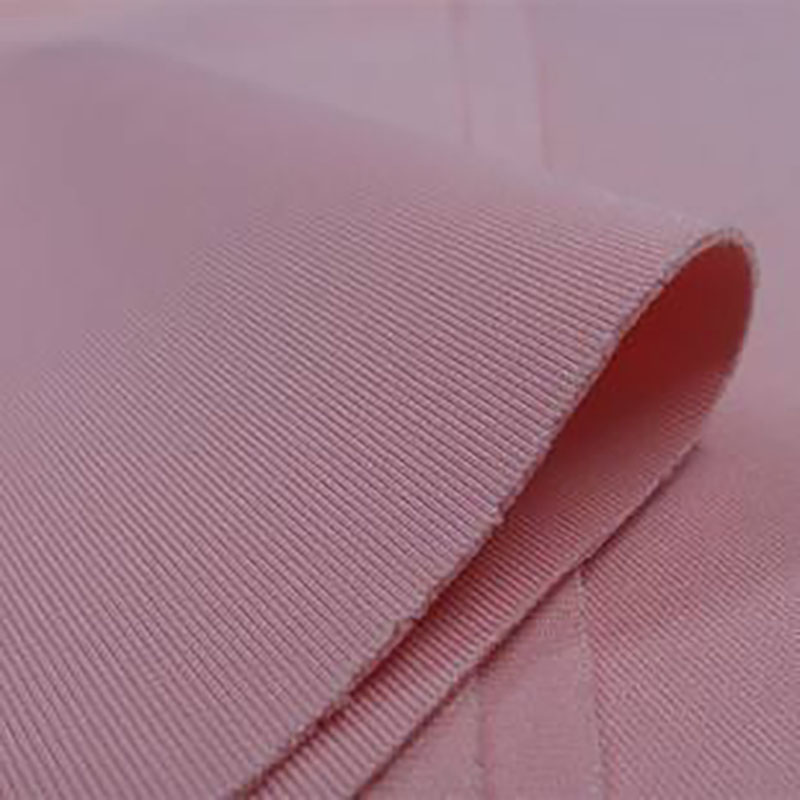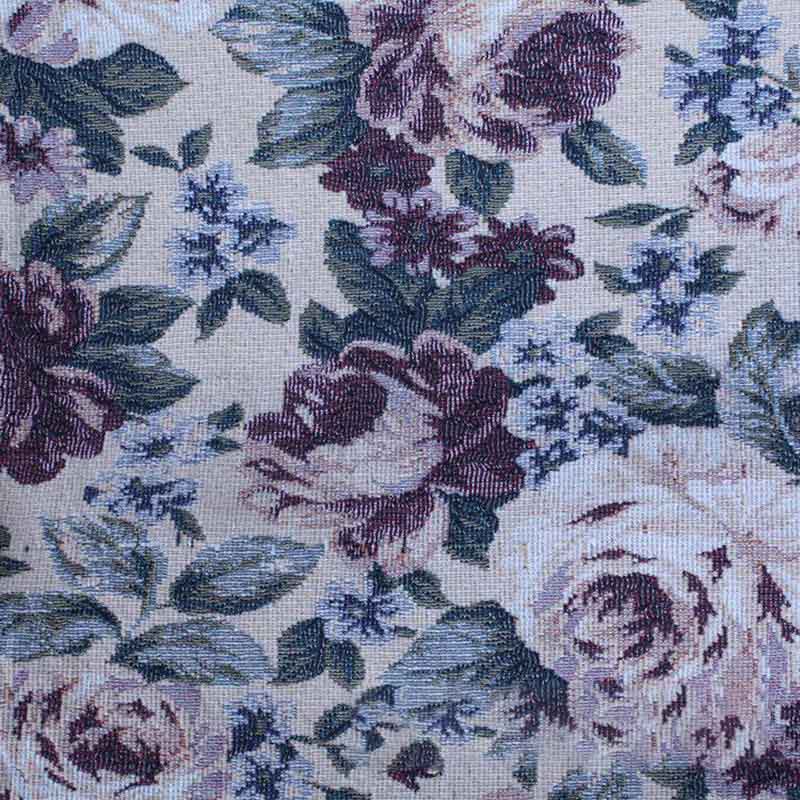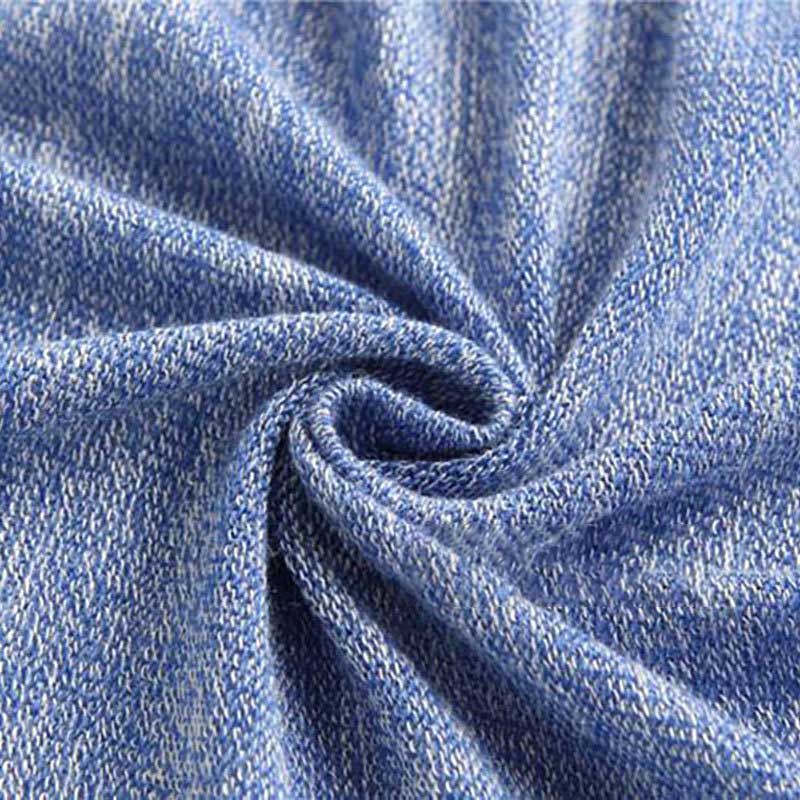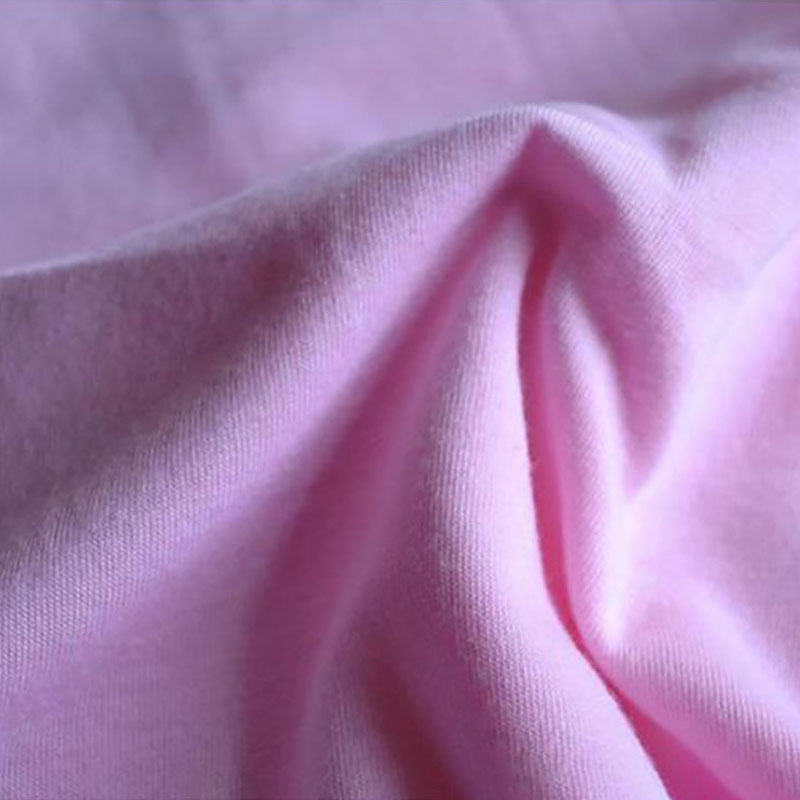In recent years, the textile industry has faced significant challenges regarding environmental sustainability. One solution to mitigate these challenges is the use of double rib dyed fabric. This article examines the application of interlock dyed fabric and discusses its environmental implications.

Traditional dyeing processes often use harmful chemicals and consume significant resources. Switching to double rib dyed fabric allows manufacturers to adopt greener production methodologies, which are crucial for minimizing environmental degradation.

Adopting double rib dyed fabric aligns with sustainable development goals by promoting environmentally friendly practices in the textile industry. This approach not only ensures the protection of our natural resources but also contributes to a circular economy.

It is essential to raise public awareness regarding the environmental impacts of our textile choices. By promoting double rib dyed fabric, we can encourage consumers to opt for sustainable products, thus fostering a more sustainable industry.

In conclusion, the use of double rib dyed fabric presents an opportunity for the textile industry to reduce its environmental footprint substantially. Embracing green production methods is not only beneficial for the planet but also vital for the industry's sustainability in the long run.
